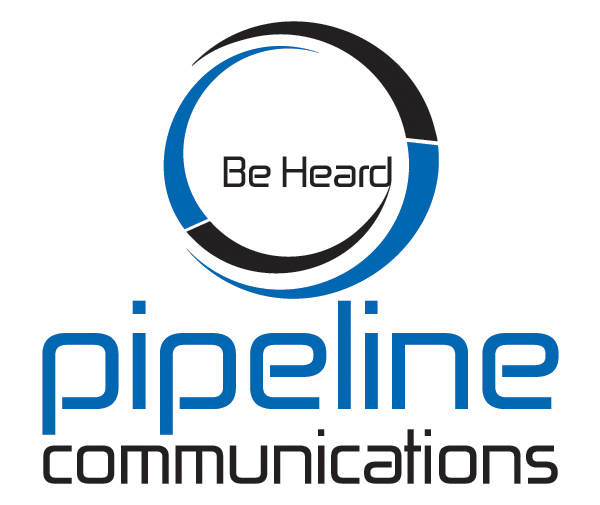As a result of the COVID-19 pandemic, the 2020 NAB Show has been canceled. Now, much like other companies facing similar event cancellations in their industries, professional video manufacturers and service providers are scrambling to share their news and messaging with would-be attendees. And there’s one idea that’s almost sure to be mentioned in any NAB alternatives brainstorming session: “Let’s do a webinar!”
Hold on, take a breath. Before you jump in front of your webcam and start waxing poetic about your latest product features, here are five tips to make sure you’re not just talking to yourself.
- Know why you’re hosting a webinar. It’s a given that you want to generate leads and increase sales. Why are you allocating resources to produce this specific webinar? Perhaps it’s to highlight a new product or service, or maybe you want to demonstrate some special features of a current product. If you can’t summarize your objective in a sentence that harkens back to middle school science experiments (i.e., The purpose of my webinar is…), you need to keep working on it.
- Make your webinar valuable. Your webinar should be useful to your audience and encourage them to take action. Maybe they will discover new or little used features on gear they already own, or maybe they’ll be encouraged to call you after seeing a demo of your latest product. You want your audience to engage with your company after the webinar, so don’t waste their time.
- Maintain your focus. OK, you can include a slide that gives a brief company background if you think it’s essential. But don’t spend the first five minutes of your webinar exploring the history of your company and its place in your industry. Instead, tell your audience what they are going to learn during your webinar and emphasize a few main points. If you need more than one hand to count the number of key takeaways, tighten up your message.
- Don’t disregard the technology. Once you’ve chosen a service to host your webinar, make sure you have a decent webcam – you might be surprised at the low quality of your laptop’s built-in camera. Lighting and environment are important, too. Make sure you can be seen clearly and that whatever is in the camera frame is meant to be seen. Some services even let you add a virtual background to improve your on-screen production. Audio is even more important. Whether it’s a USB plug-in mic or a headset mic or even earbuds with a microphone, your voice and any important sounds from your demo equipment need to be crystal clear.
- Your webinar should not be the first time you present the contents of your webinar. If you are doing a product demonstration, make sure you are comfortable with the process. Slides should be easy to read, and they should support your content, not be a word-by-word transcript of it. You don’t necessarily need a script, but an off-screen outline can help you stay on task. Also, consider the idea of a co-host. Conversations can often encourage your audience to engage more with questions or chat comments.
